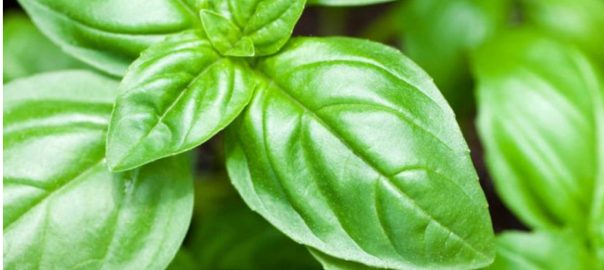Herb Heaven
When it comes to preparing tasty food, it’s the little things that count – and many of them are herbs! The flavoursome morsels that bring salads, dressings, pestos, pizzas, curries, and barbecue foods to life are always better, fresh. So, although we can reach into the pantry for them, in a dried or processed form, they are much more delicious when we grow them ourselves. And the good news is, that although many of the tastiest natural flavour boosters require warmer growing conditions than our climate can provide, we can make a home for them in our tunnelhouses! This month, we take a close-up look at three flavour-packed, heat-loving herbs you can grow at home, undercover. They are curry tree(Murraya koenigii), basil, and lemongrass (Cymbopogon).

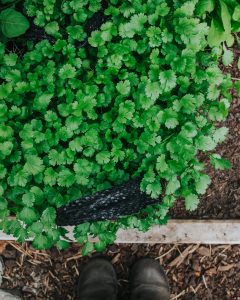
Source
The curry tree (Murraya koenigii)should not be confused with the curry bush (Helichrysum italicum), a common garden plant with grey-green aromatic leaves. The curry tree supplies the fragrant leaves that are used so frequently in East Asian cooking, and it can be sourced from a number of places, including Trade Me, where it can be found for around half the price it is sold for in garden centres. The plant can also be grown from seed, and experienced gardeners may like to try growing it from cuttings.
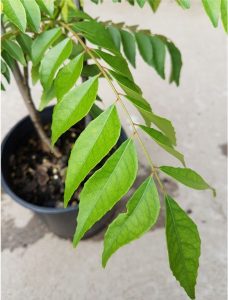
Basil is a staple for salads and authentic Italian dishes. Seeds and plants are readily available in the warmer months from garden centres, plant stalls, and friends. When choosing plants, take great care to avoid those that have pest insects on them. The leaves of basil are tender, and sap suckers feed on them voraciously, and breed up in no time at all. Basils come in so many different forms, so when selecting plants or seed, check the description carefully and purchase according to how you intend to use the leaves.
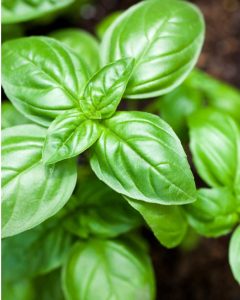
Lemongrass is a favourite condiment in Southeast Asian dishes – and a must for Thai and Vietnamese foodies. It can be sourced very cheaply Trade Me, or from garden centres and gardening friends. It is a magnet for aphids, so be discerning before you purchase, or accept, rooted pieces.
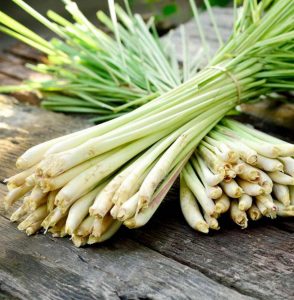
Ground work
Depending on variety, a curry tree will grow to over 2m high. When growing it in your tunnelhouse, a container is perhaps the more useful option for keeping the plant it to a reduced size. This will also prevent roots invading the tunnelhouse beds. Wherever you grow your curry tree, the ground should be free-draining and nitrogen-rich (incorporate compost and bone meal to help with this, or choose a nitrogen-high fertilizer). If your tunnelhouse has sunnier spots than others, give the curry tree the sunniest place you can spare.
Basil is a plant which enjoys drier conditions than most other greenhouse edibles. Grow it in a pot, or in a situation where it can dodge regular waterings. In terms of soil requirements, it will be happy with a rich, organic mix as long as it is very free-draining. Basil enjoys the sun, but is also comfortable growing beneath the likes of tomato vines that have had their lower stems pruned to allow in the light.
Lemongrass enjoys a rich, free-draining growing mix, and loads of sun. This is your cue to add blood and bone and a handful or two of sharp sand (fine river-grit) to the growing site, and to position the plant in the brightest spot in the tunnelhouse,
Sowing and planting
When potting up a curry tree, choose a container that is at least 30cm deep, and which is 6cm wider than the root ball of the tree. Ensure soil does not reach above the base of the trunk. Seeds should be covered in soil to twice their depth, and the soil topped with clear plastic to lock in warmth and humidity.
Basil seedlings transplant easily, but it pays to keep soil around the roots when doing so. Seed will also germinate readily providing it is pressed into the soil and not covered – it requires light to germinate. To keep the seed damp, cover with a piece of clear plastic until signs of sprouting occur. Basil plants can also be grown from cuttings placed in water. When rooting cuttings in this way, strip off a third of the upper leaves from the cutting, and place at least the lower third of the stem in water. Change the water, daily, and pot up or plant the stem in the ground once roots have been growing from it for 10 days to 2 weeks.
Lemongrass is usually grown from a rooted piece or clump. Pop it into the ground, and firm the soil around the base of the stems. Alternatively, grow it in a container which is 6cm wider than the piece or clump you are planting. Lemongrass can also be grown from seed. Sow the seed in clusters of 3-4, and cover to a depth of 5cm. Keep the soil damp but not moist.
Maintenance
Cury trees and lemongrass appreciate a high nitrogen liquid feed every 3-4 weeks during the active growing period. Basil can be fed in the same way every 2 weeks (but only on a day when the liquid will evaporate as quickly as possible).
Curry trees require careful pruning to keep them to a manageable height, and to ensure they produce as much leaf as possible. For details on pruning, head over to HowandWhentoPrune.com for some great advice.
Basil plants produce best when their growing tips are nipped out once the stems reach a height of around 15cm. It will not survive over a cold winter, even undercover. Towards the end of the season, take a few stem cuttings and pop them into water to root. These can then be potted up and placed on a sunny window ledge to produce a few flavoursome leaves over winter.
Lemongrass can be left to grow over the warmer months, but as winter approaches, cut the foliage back to 15cm in height. In cooler parts of the country, you may want to cover the plant in frost cloth. In mountainous regions, dig up and divide the plant. Pot up small clumps to keep inside on a sunny window ledge, and replant in the tunnelhouse again in spring, once frosts have abated.
Tips
By removing the flowers from your curry tree, you will enable the plant to put more energy into leaf growth.
If your curry tree has maxed out in height, and can no longer fit comfortably in your tunnelhouse, reduce its height by two thirds. This will encourage the plant to put out new growth around its base.
When harvesting lemongrass, choose the thickest stems – they are usually to be found at the outside edge of clumps.
Lemongrass benefits by being lifted and divided ever 3-4 years.
Basil is quick to succumb to aphid and whitefly invasion. Grow it among insect repelling plants such as calendula and nasturtium. Plant it in several different places in the tunnelhouse, and removed infested plants before the pests move to another site.
Basil doesn’t like wet (or even very damp) feet. It can benefit from being grown in a container if you don’t have the time to skirt around it when watering other greenhouse plants.
